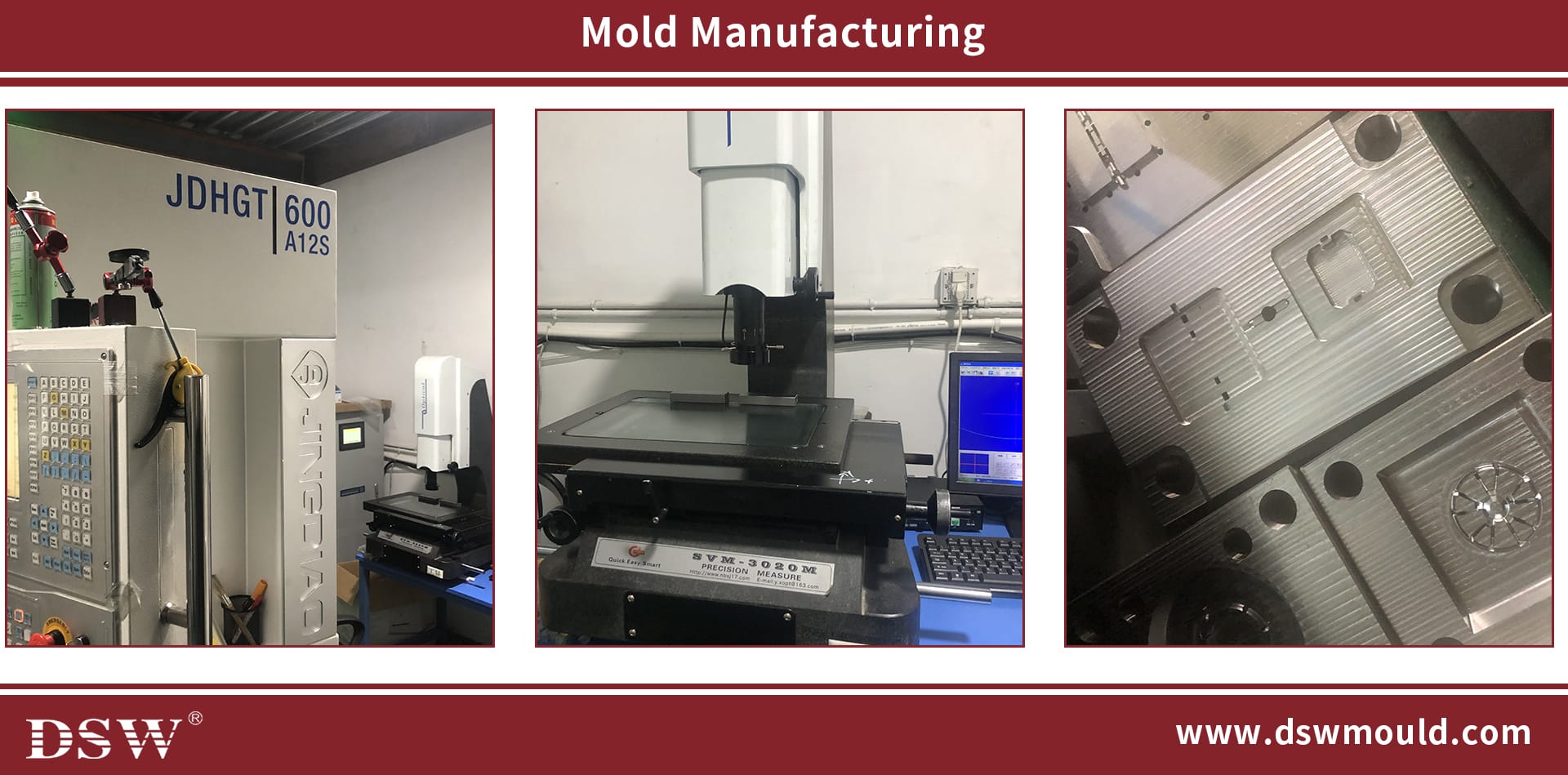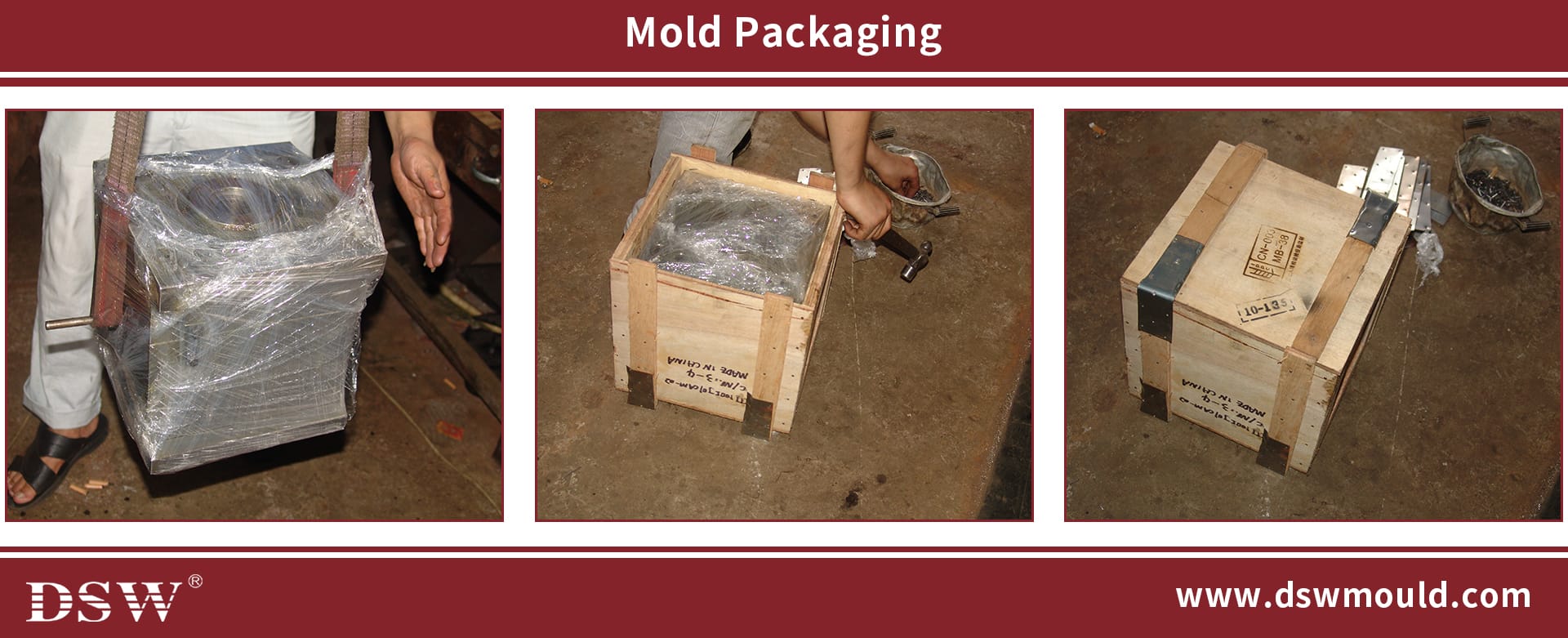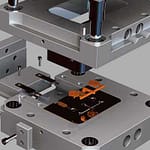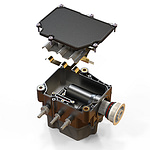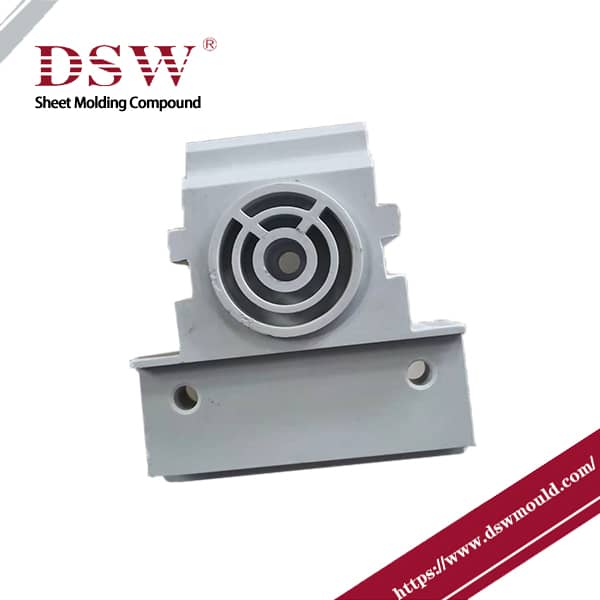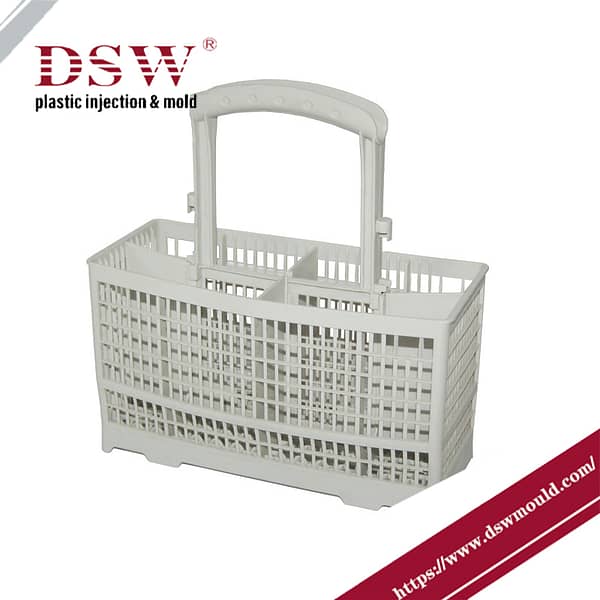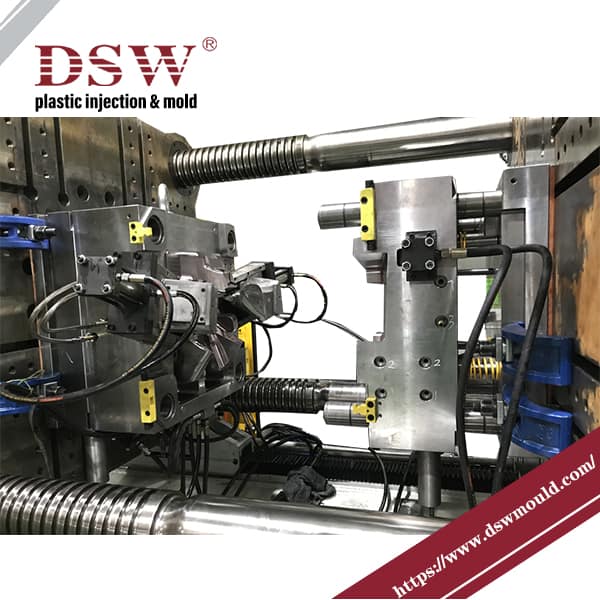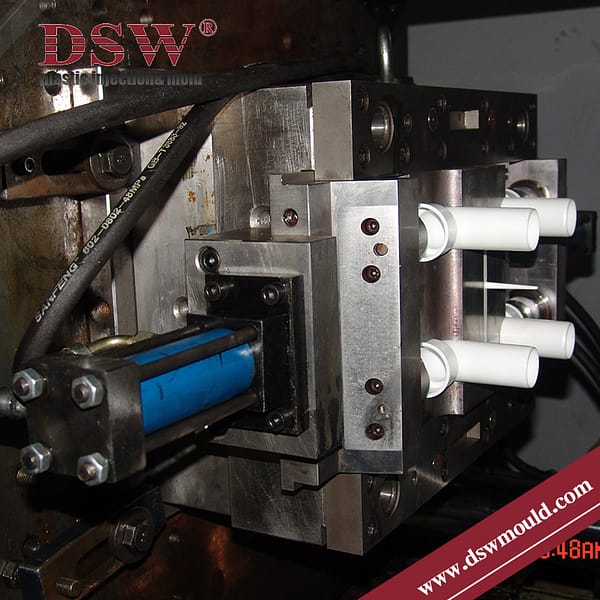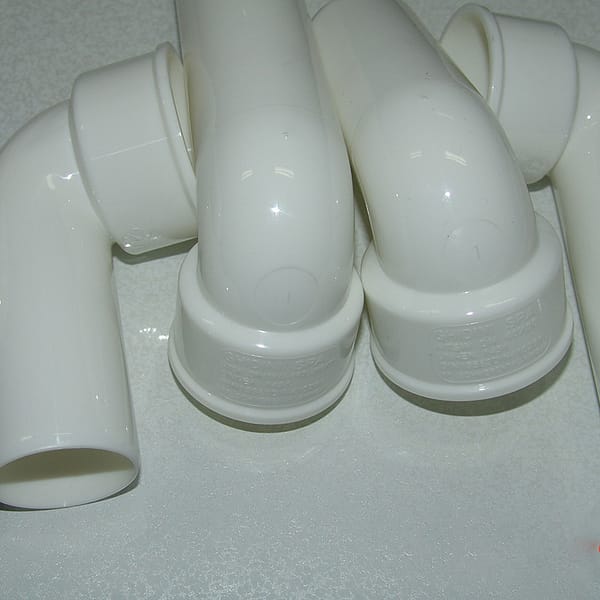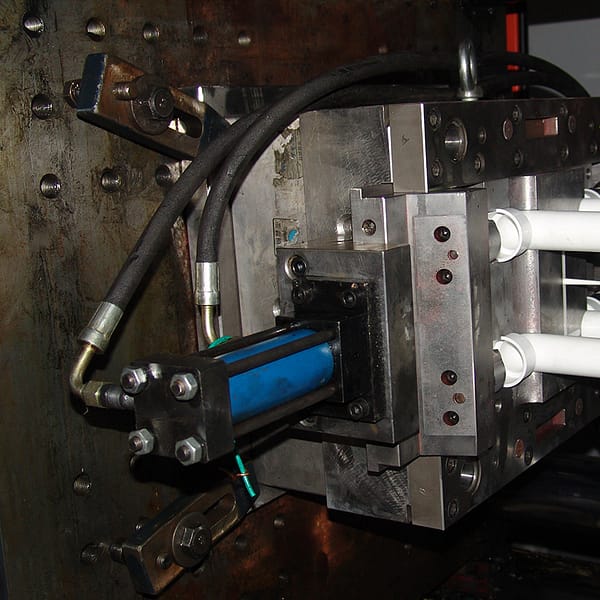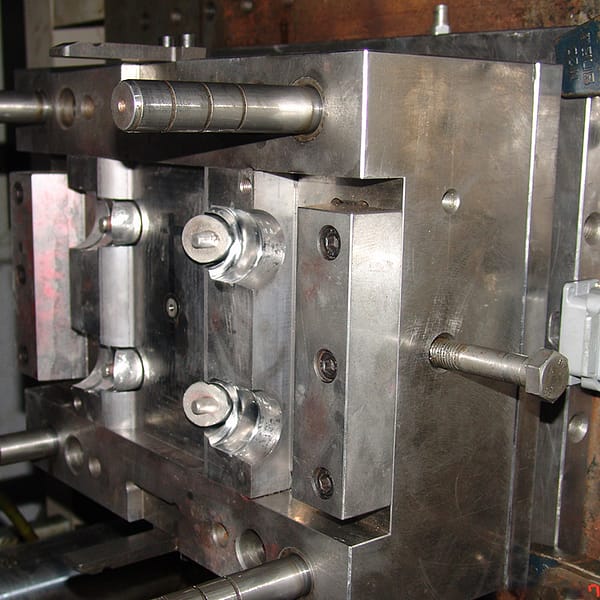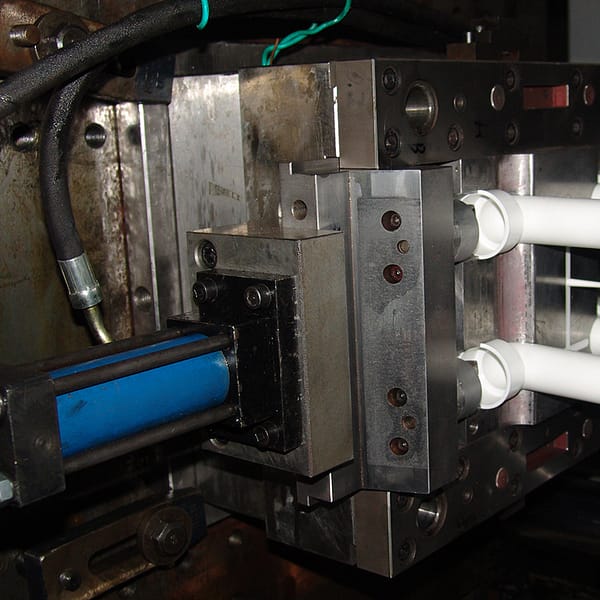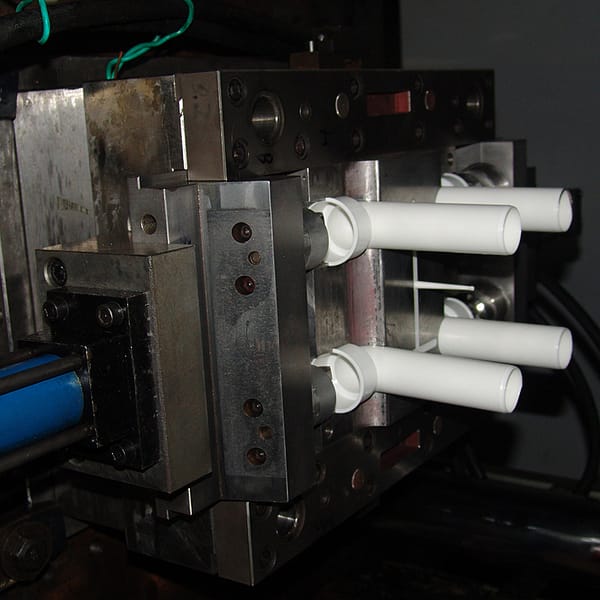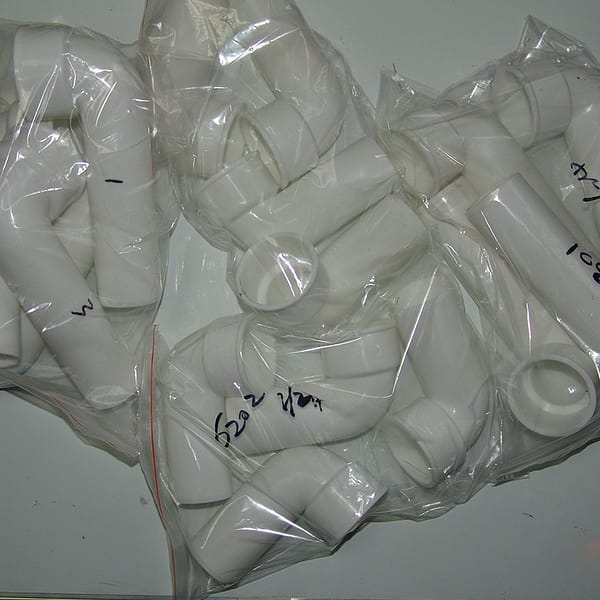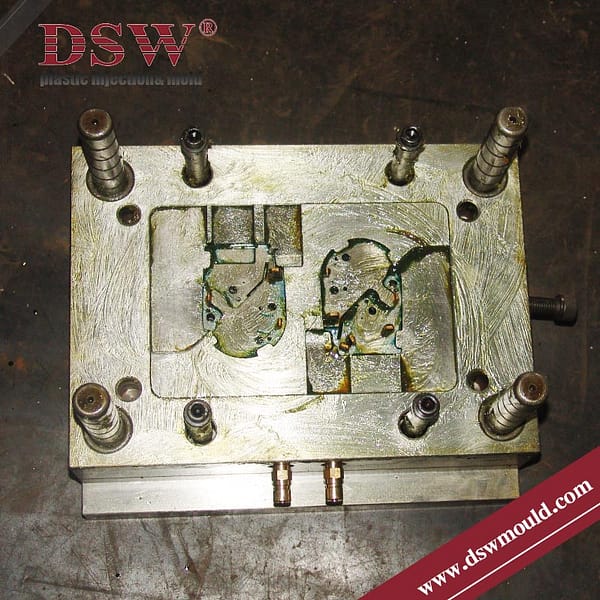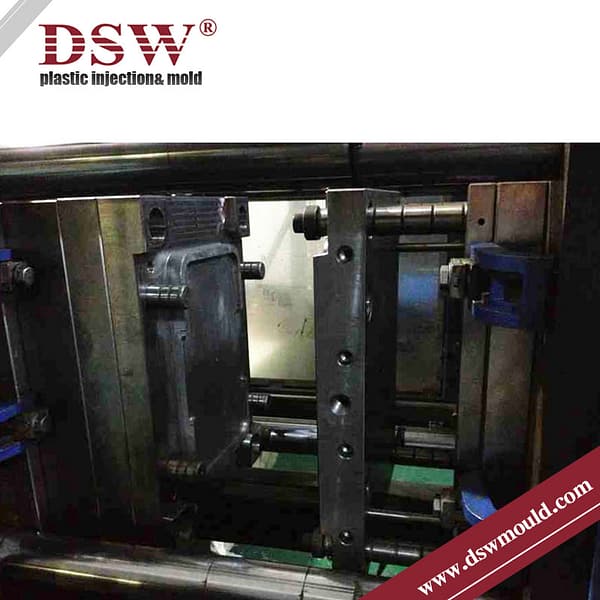PVC pipe fitting molding
PVC pipe fitting molding refers to manufacturing plastic pipe fittings using the injection molding technique with polyvinyl chloride (PVC) as the primary material.
PVC is a widely used thermoplastic polymer known for its durability, chemical resistance, and affordability, making it a popular choice for various piping applications.
A fitting mold, also known as a fitting tool or fitting die, is a specialized mold used in the manufacturing process of pipe fittings.
It is designed to shape and form the molten material into the desired configuration of the fitting.
Our experienced die and tooling department personnel use their decades of combined experience in custom mould design to ensure the most precise tooling results. We meet your customers’ quality demands for plastic injection tooling and prototyping applications.
Types of fitting molds:
- Elbow Mold: Elbow molds produce pipe fittings with a curved bend, typically at a 90-degree or 45-degree angle. Elbow molds can be designed for different pipe diameters and angles, allowing for the production of various elbow fittings.
- Tee Mold: Tee molds are used to manufacture tee-shaped pipe fittings. Tee fittings have three openings, with one inlet and two outlets arranged in a T-shape. Tee moulds can be designed for different pipe diameters and configurations, such as an equal tee or reducing tee fittings.
- Coupling Mold: Coupling molds are used to produce straight pipe fittings that join two pipes together. Couplings are typically cylindrical or barrel-shaped fittings with female threads or smooth ends for connection.
- Cross Mold: Cross molds are used to manufacture cross-shaped fittings. Cross fittings have four openings, with one inlet and three outlets arranged in a cross configuration. Cross molds can be designed for different pipe diameters and configurations.
- Reducer Mold: Reducer molds are used to produce pipe fittings that enable size transition between two pipes of different diameters. Reducers can be concentric (with a gradual size transition) or eccentric (with an offset size transition). Reducer molds allow for the production of various reducer fittings.
- Cap Mold: Cap molds manufacture end caps or plugs for sealing the ends of pipes. Cap fittings, typically flat or dome-shaped, are used to close off unused pipe openings.
PVC Pipe Fitting mold
| Export to(Country) | USA |
| Tool Description | Plastic Injection Mould |
| Material Type | ABS |
| Cavitation | 1 |
| Weight of Plastic Product | 301g/pcs |
| Mould Design by | DSW |
| Mould Construction | Standard |
| Mould Base | LKM |
| Cav.Material | NAK 80 |
| Core Material | 2738 |
| Side Action | Mechanical Slide |
| Ejection | EJ pins |
| Mould Life | 500,000 |
| Moulded Part Inspection By | Moulder |
Injection Molding PVC pipe fittings
Injection moulding of PVC pipe fittings offers advantages such as precise dimensional control, high production efficiency, and the ability to create complex shapes.
PVC pipe fitting injection molding process:
A mold is designed and fabricated according to the desired specifications of the PVC pipe fitting.
PVC resin, additives, and stabilisers are selected and prepared for injection molding. The PVC resin is typically in powder or pellet form and may undergo pre-drying to remove any moisture.
The PVC resin is fed into an injection molding machine’s hopper, which transfers the resin into a heated barrel. Inside the barrel, a rotating screw conveys and melts the resin. The heat and shear generated by the screw melt the PVC resin into a molten state.
Injection: Once the PVC resin is molten, the screw pushes it forward under high pressure into the injection mold cavity. The molten PVC fills the mold cavity, taking on the shape of the pipe fitting. The injection pressure is maintained until the mold is filled to ensure complete filling and uniformity.
After the mold cavity is filled, the molten PVC inside the mold is allowed to cool and solidify. Cooling can be accelerated by circulating cooling water through channels within the mold. The cooling time is determined based on the thickness and complexity of the pipe fitting.
